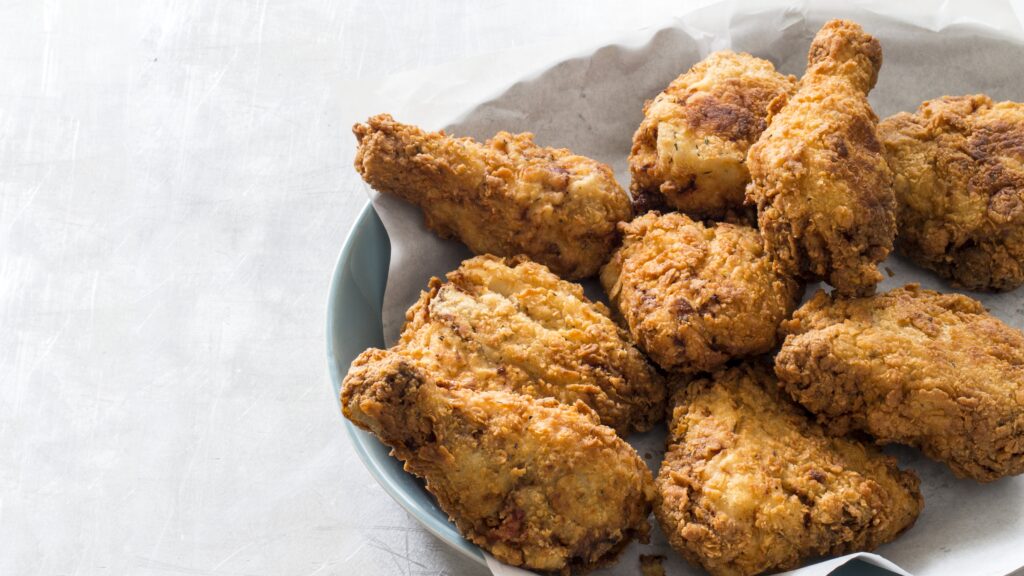Perfectly fried foods can seem daunting to beginners, but selecting the right oil, maintaining the optimal temperature, using appropriate equipment, coating and breading the food, sizing the food correctly, and properly draining it can lead to excellent results. Vegetable, canola, or peanut oils with a high smoke point offer the best choices for frying, while a thermometer is the best tool to monitor the oil’s temperature, which should remain from 350-375°F to avoid greasy, undercooked or burnt food. Using a heavy-duty pot, spider skimmer, and deep-fry thermometer is also recommended.
Frying without Fear: Secrets to Perfect Fried Foods
Frying may seem daunting to beginners, but with these tips and tricks, anyone can create perfectly fried foods every time.
Choosing the Right Oil
The first step in creating perfect fried foods is choosing the right oil. Oils with a high smoke point, such as vegetable, canola, or peanut oil, are the best choices for frying as they won’t break down at high temperatures. It’s important to use fresh oil for each frying session to prevent the food from absorbing any off flavors.
Maintaining the Right Temperature
Maintaining the right temperature is key to achieving perfectly fried foods. Using a thermometer to monitor the oil’s temperature is the most accurate way to ensure perfect results. The ideal temperature for frying usually ranges between 350-375°F. Lower temperatures can result in greasy, undercooked food, while higher temperatures can burn the food or cause the oil to break down.
The Right Equipment
The right equipment can make all the difference when it comes to frying. A heavy-duty pot or Dutch oven made of a thick, heat-conducting material such as cast iron or stainless steel is essential. A spider skimmer, a tool with a wire-mesh basket that is used to lift and drain fried foods, and a deep-fry thermometer, are also useful tools.
Coating and Breading
Coating and breading the food before frying can enhance its flavor and create a crispy outer layer. Coating with flour, seasoned breadcrumbs, or cornmeal can create a crispy texture, while adding a flavorful marinade or spices to the coating can enhance the flavor. Before frying, it’s essential to shake off any excess coating or breading to prevent it from burning or creating a greasy mess.
The Right Size
When it comes to frying, the size of the food matters. Smaller pieces of food cook faster and more evenly than larger pieces. Also, overcrowding the pot can cause the temperature to drop, resulting in greasy, undercooked food. It’s important to fry in small batches, allowing each piece of food enough space to cook evenly.
The Right Drainage
Properly draining fried food is essential to ensuring crispy, non-greasy results. A wire rack placed over a sheet pan is an effective way to drain the food while keeping it crispy. Placing the food on paper towels can create a moist environment, resulting in soggy, greasy food.
In Conclusion
Frying without fear is possible with just a little practice and knowledge. Choosing the right oil, maintaining the right temperature, using the right equipment, coating and breading, sizing the food appropriately, and properly draining the food are all key components of creating perfect fried foods. With these tips and tricks, anyone can become a frying master.
